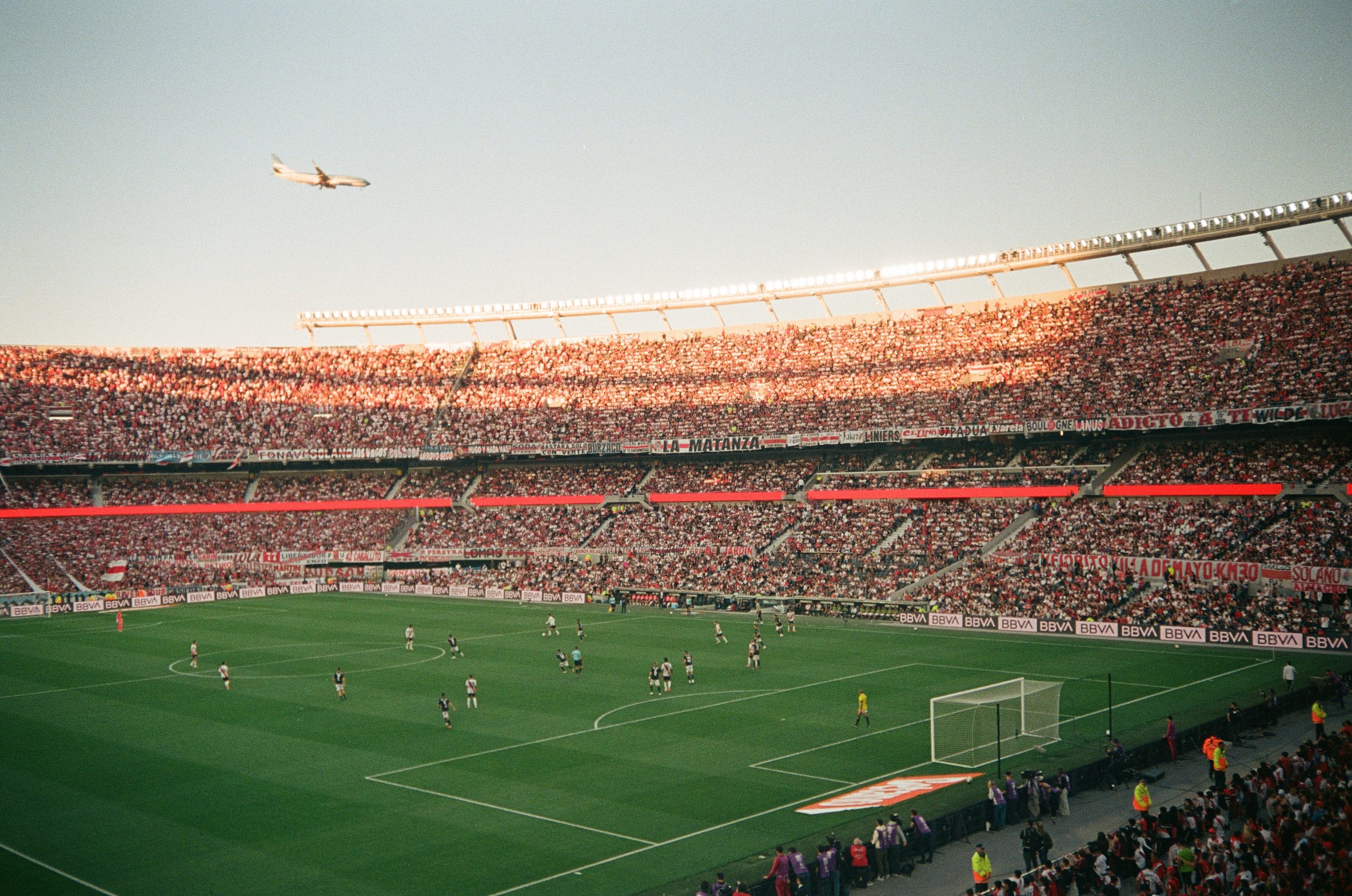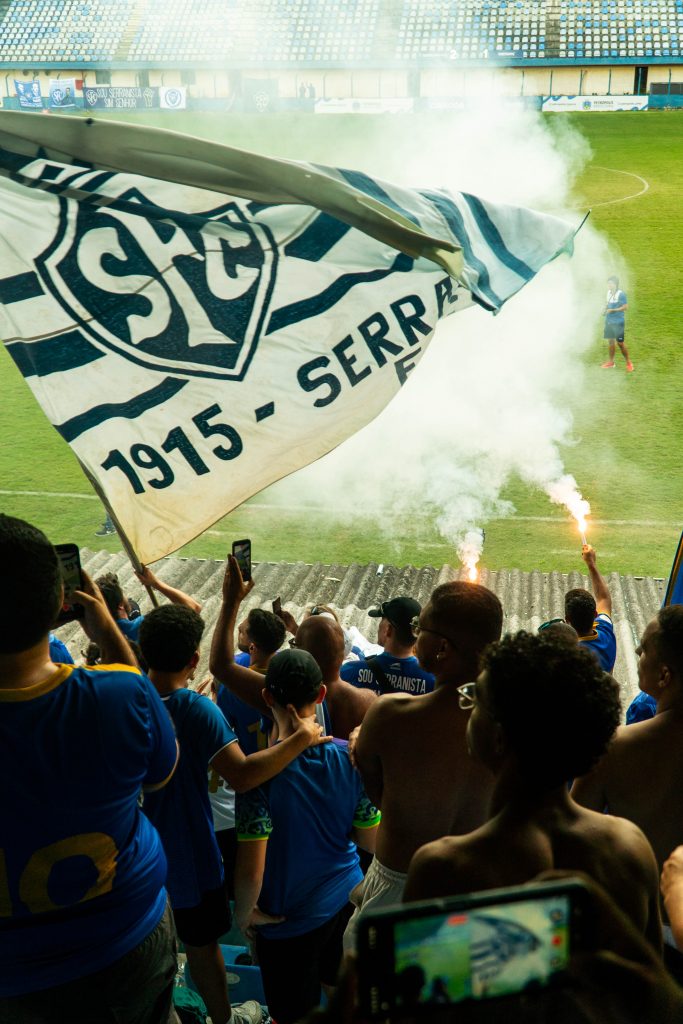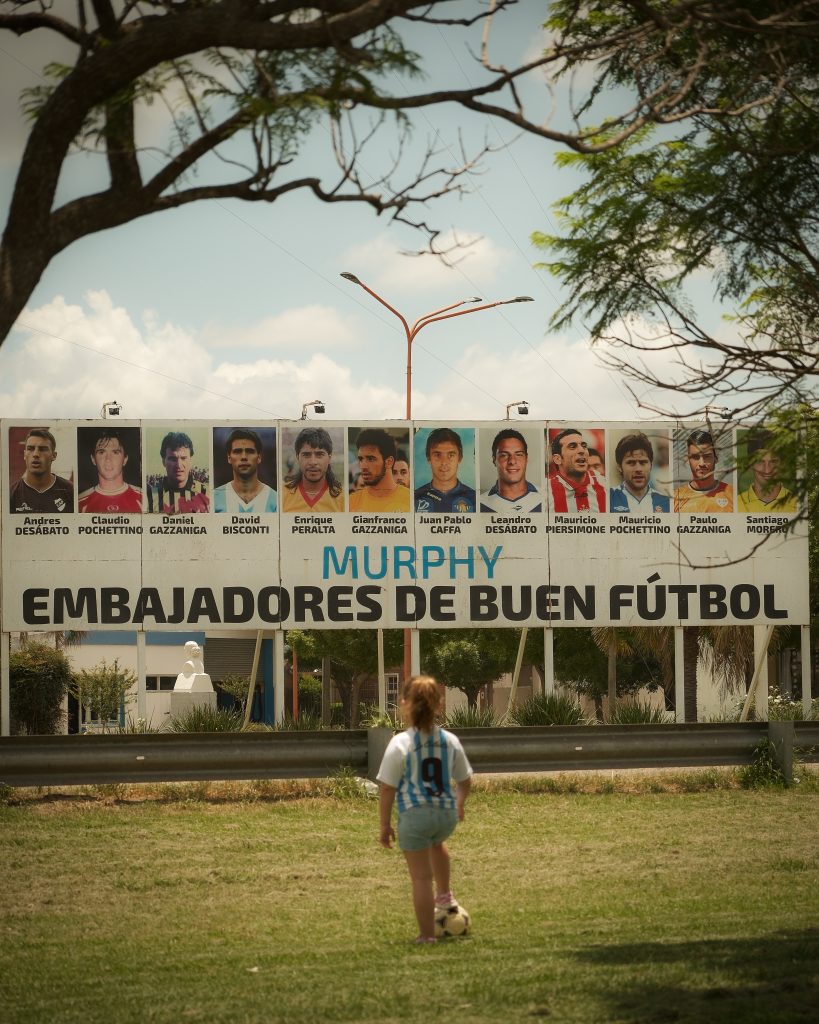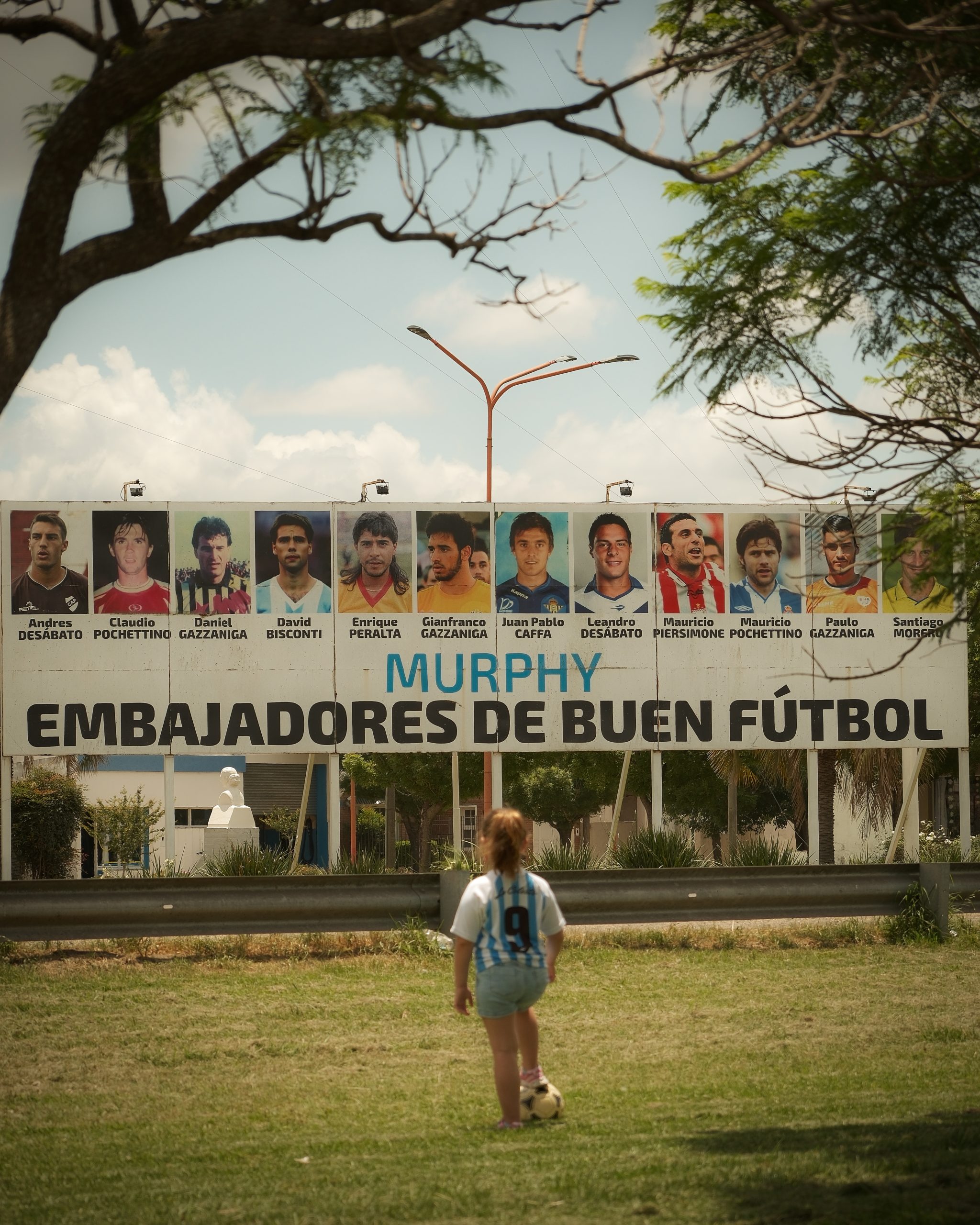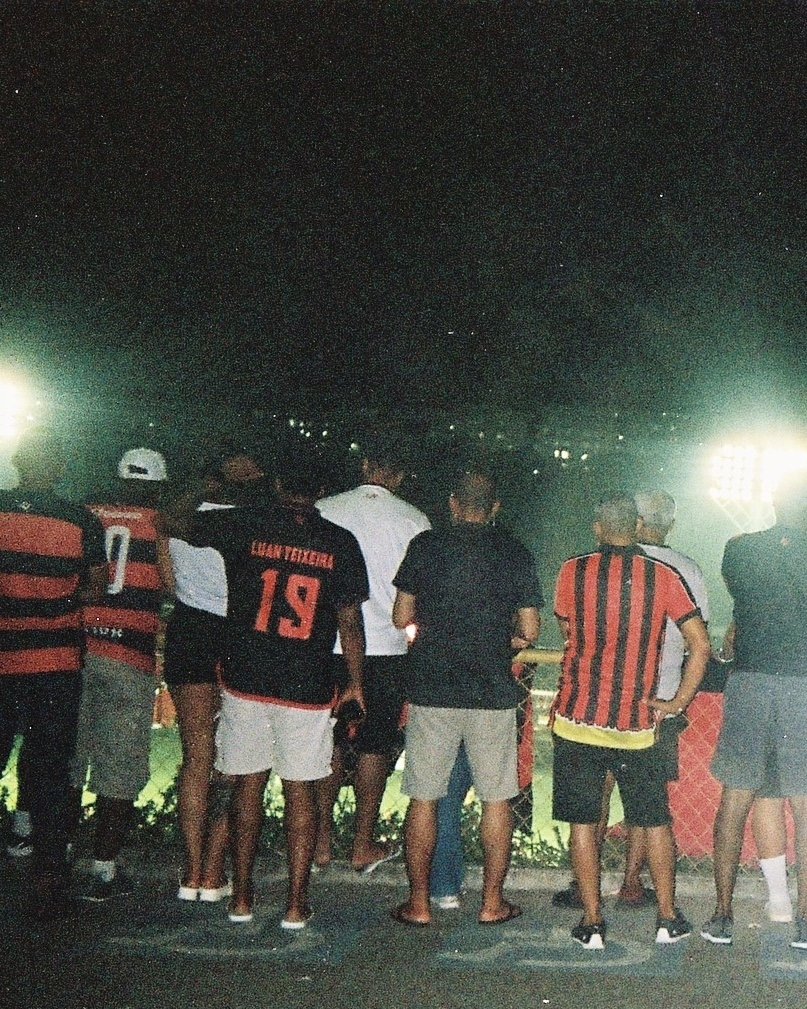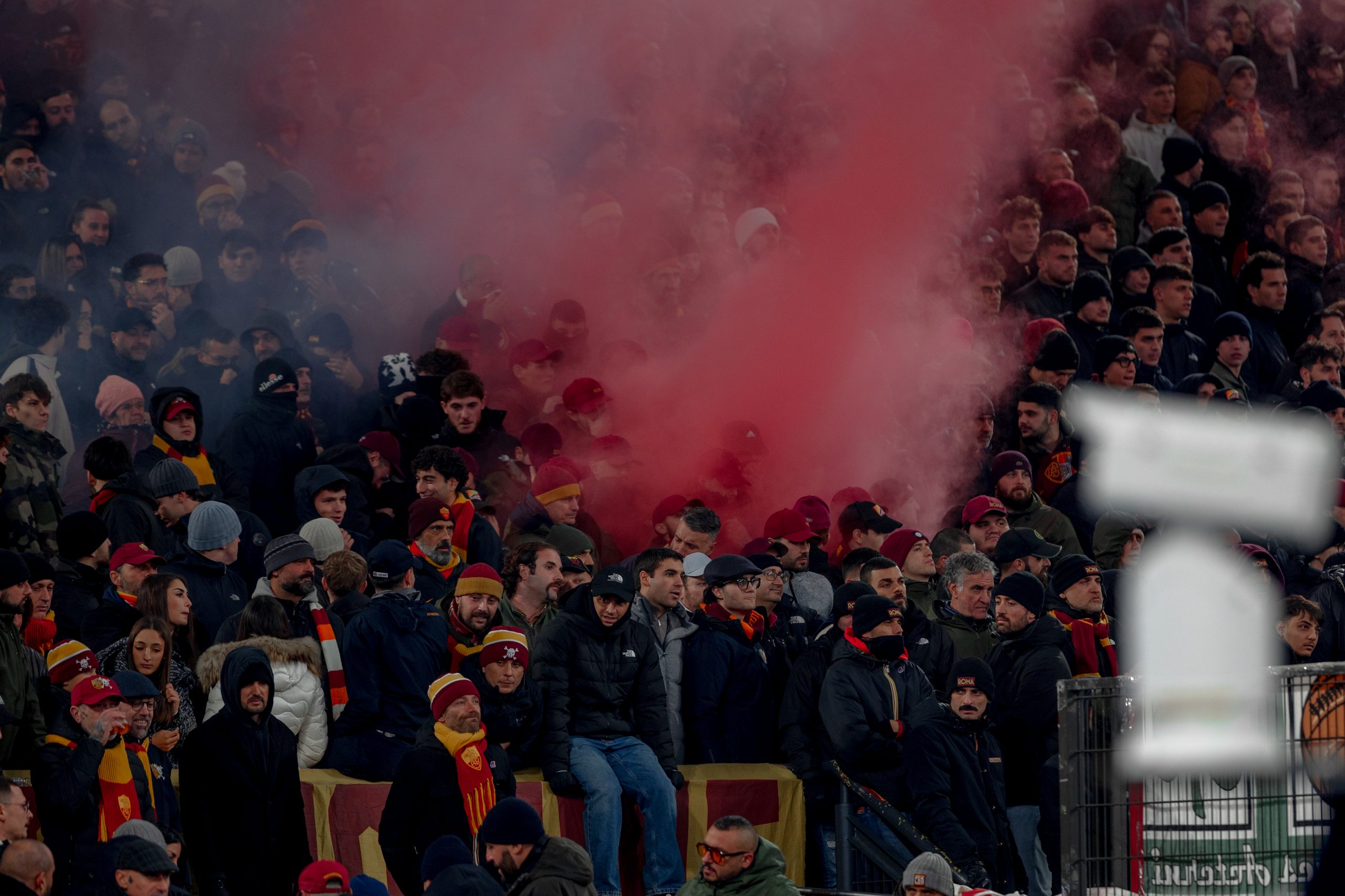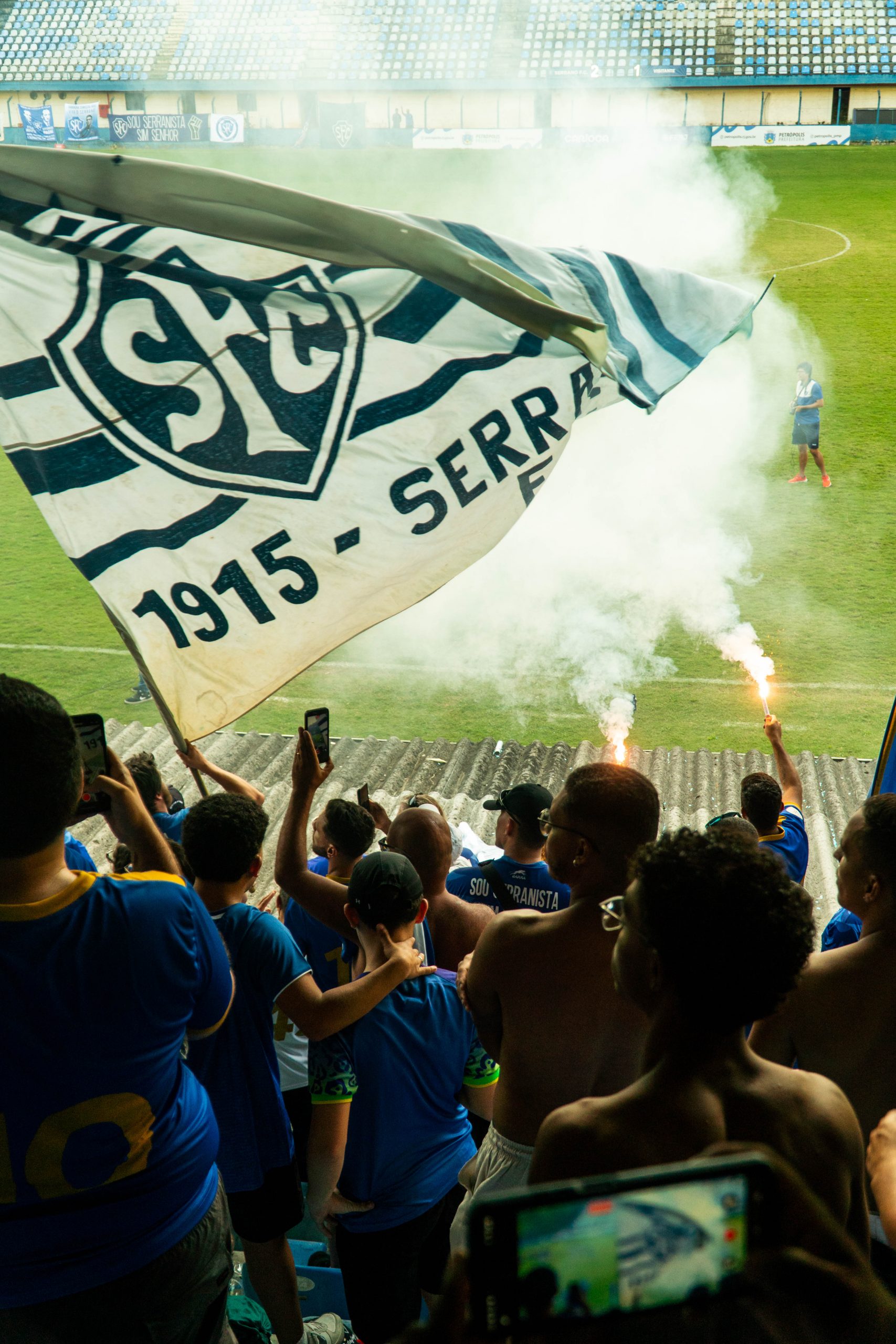All words and images by Jonas Zöller
With San Lorenzo behind him, Jonas heads north to Núñez — home of River Plate and the legendary Estadio Monumental. It’s a different world entirely: polished, vast, and overwhelming. Here, he’ll confront not just the spectacle of Argentine football, but the uneasy line between authenticity and awe.
The Monumental Awaits
Only two days later, it’s time for the next match — and the Estadio Monumental, the largest stadium in South America, is waiting. River Plate is surely on the bucket list of most football fans, and my anticipation is high.
The Monumental is always sold out, and to get a ticket, I had to use one of those agencies that offer a packaged “football experience.” The deal includes a ticket, transport to the stadium, and a local host who guides the group. This kind of football consumption goes against everything I believe in, but I’m not sure I could have forgiven myself for coming to Argentina and not seeing River.
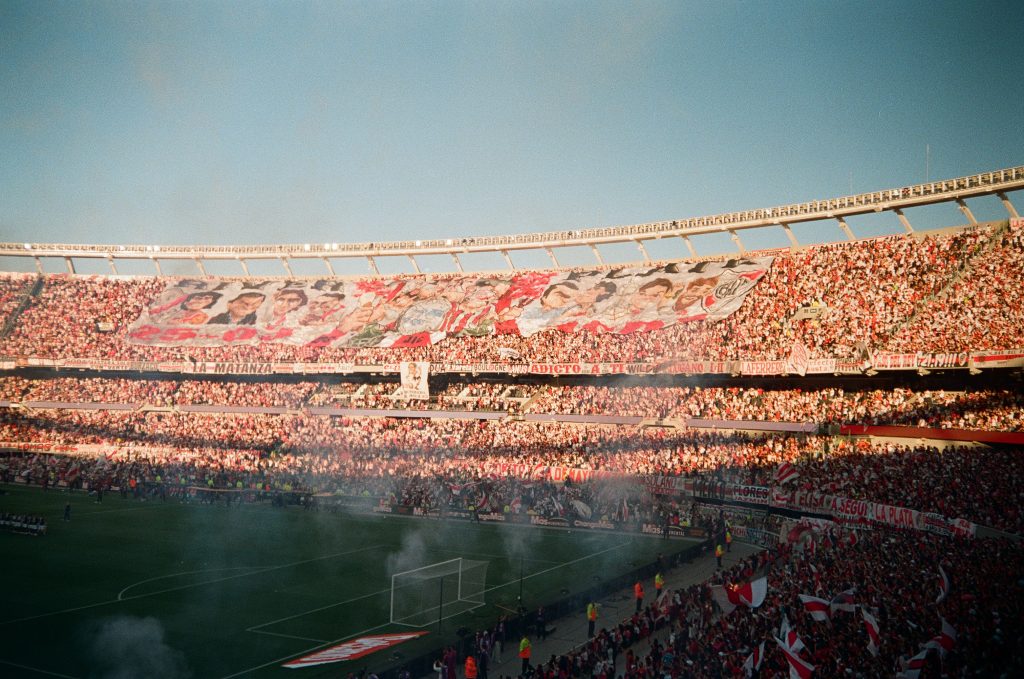
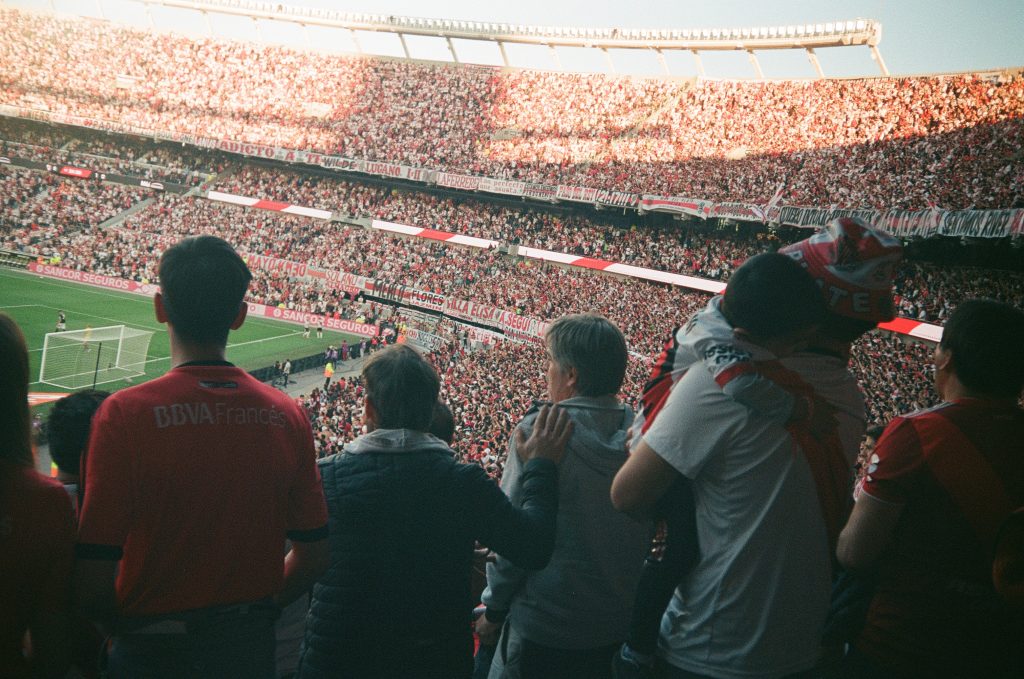
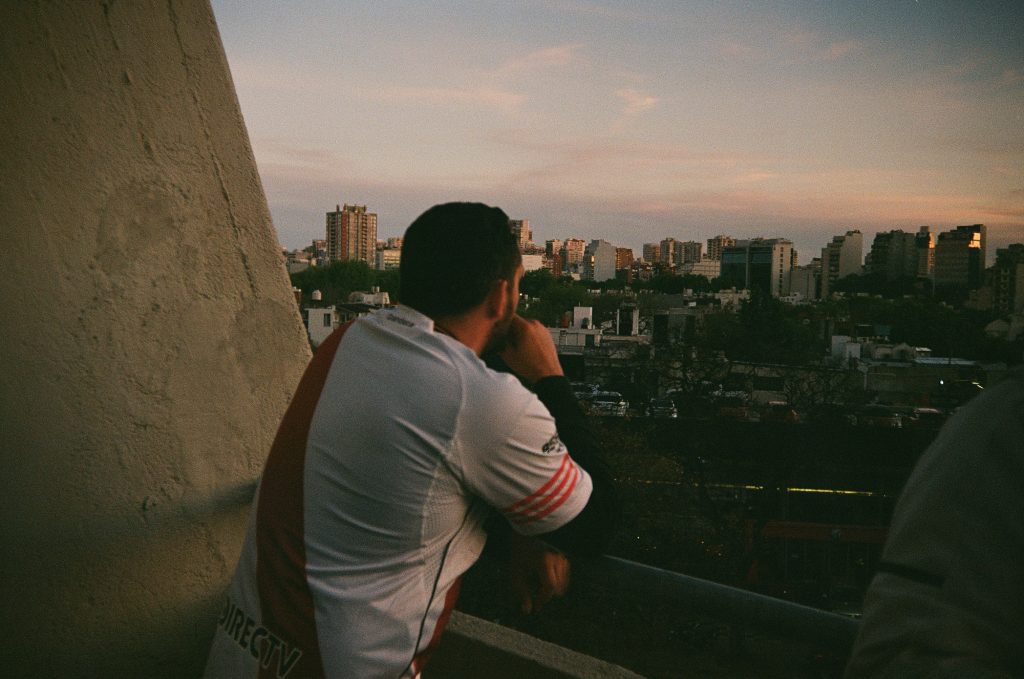
A Cold Welcome
When we arrive, my unease proves justified. Entry isn’t through a print-at-home ticket or anything tangible, but via cameras scanning faces at the turnstiles. It’s just my personal opinion, but I sincerely hope this doesn’t become the norm in European football.
The stadium itself couldn’t be more different from San Lorenzo’s Estadio Pedro Bidegain. The Monumental shines with polished floors and glass façades. Instead of charcoal grills and street vendors, there’s an overcrowded fan shop and neon lights. Something feels off. I could just as well be at the Allianz Arena in Munich, I think, as I head to my seat.
We’re in the middle tier of the arena, and I can’t shake the feeling that this is where the tourists are placed. Around me, people pose for selfies and photos, and I hear more English than Spanish. For the first time, I truly feel my role as the supposedly rich European football tourist. It feels cold — cold and wrong.
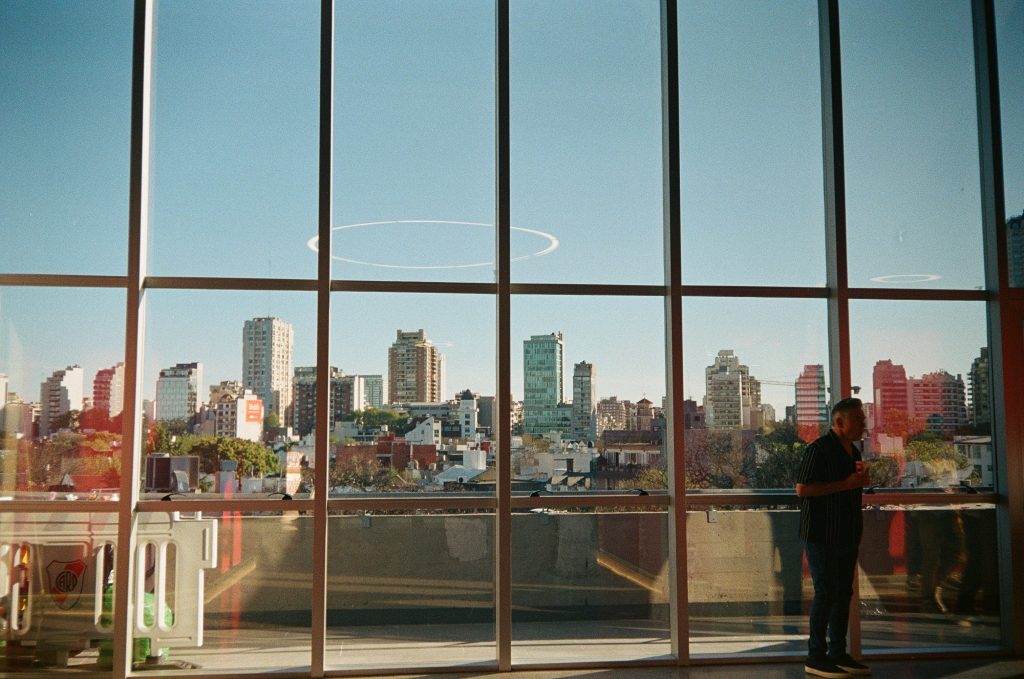
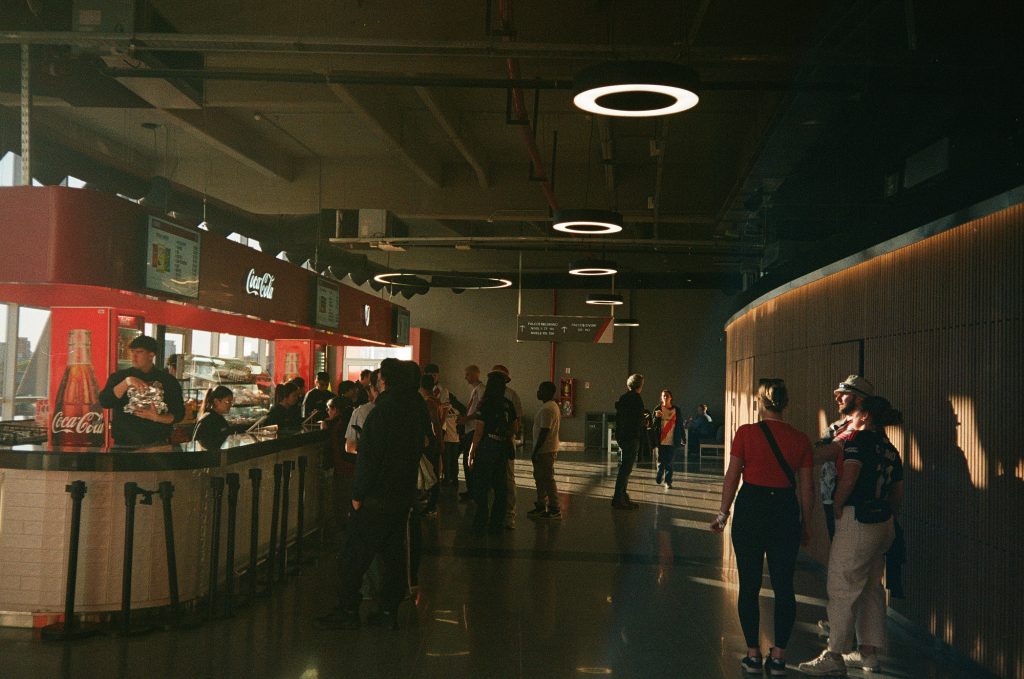
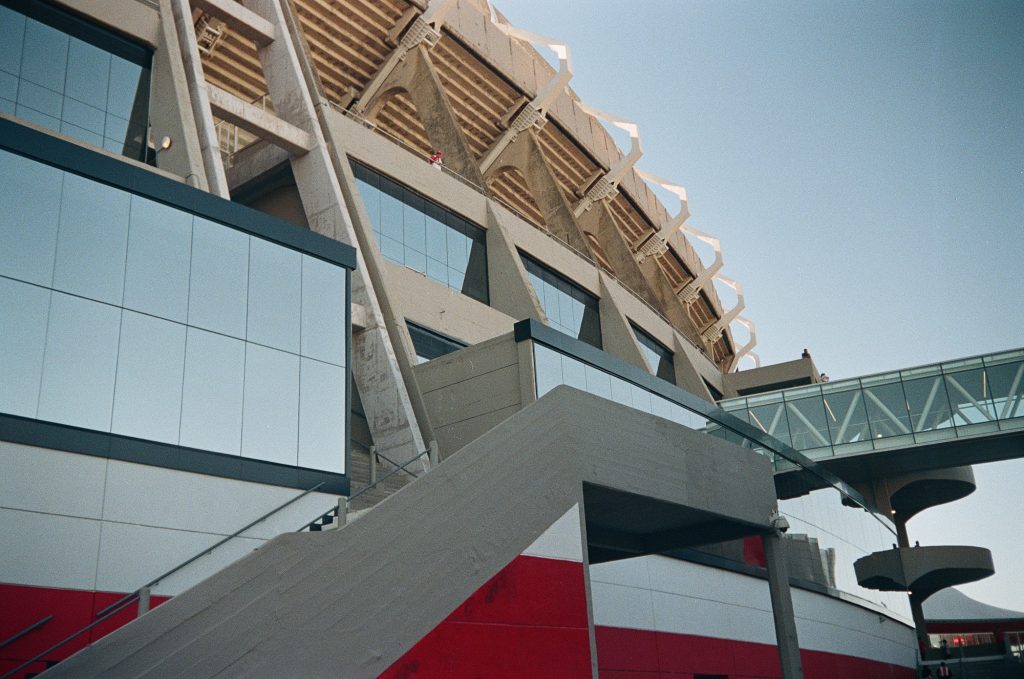
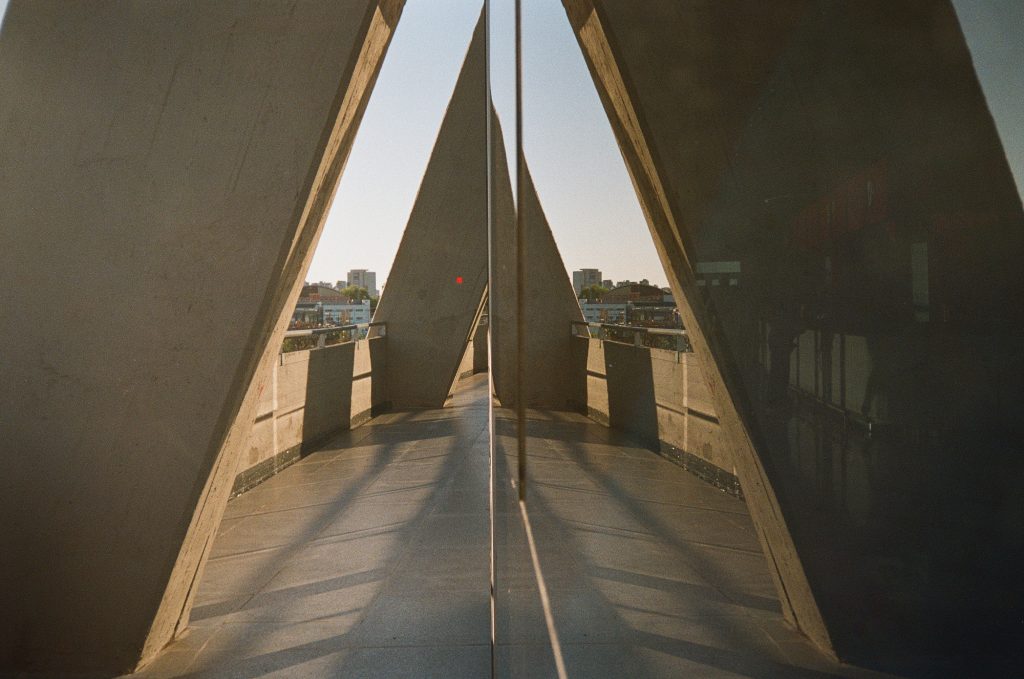
When the Doubt Fades
If you ignore that, I have to admit that the Estadio Monumental lives up to its name. The sheer size of the bowl is overwhelming, and the number of standing areas stands out. Long before kick-off, countless banners hang from every possible spot.
The stands fill, the first songs drift across the terraces, and the setting sun casts a dark yellow glow over everything. Without noticing it at first, my doubts slowly fade, and when the River fans finally erupt, every trace of scepticism gives way to sheer awe.
In Germany, I’m used to the atmosphere being centred in one end. Sure, it can spill over, but what happens here is different. Every stand and every tier seems to move with the rhythm of drums and trumpets. Young, old, women, men — everyone joins in, creating a deafening wall of sound.
For the first ten minutes, I sit there as if in a fever dream, full of goosebumps and disbelief.
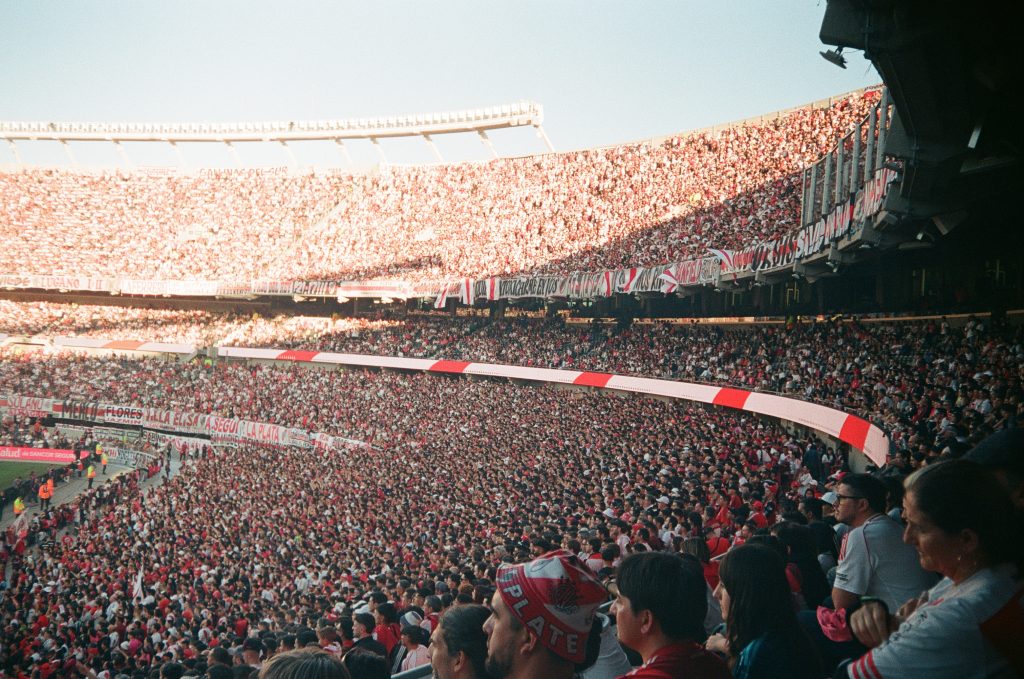
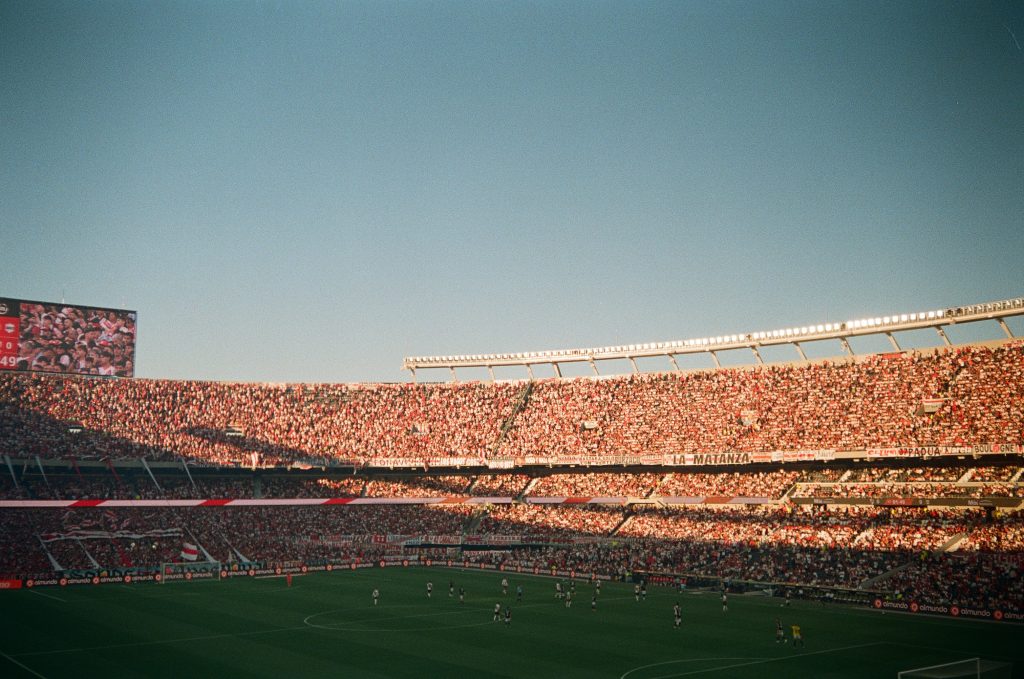
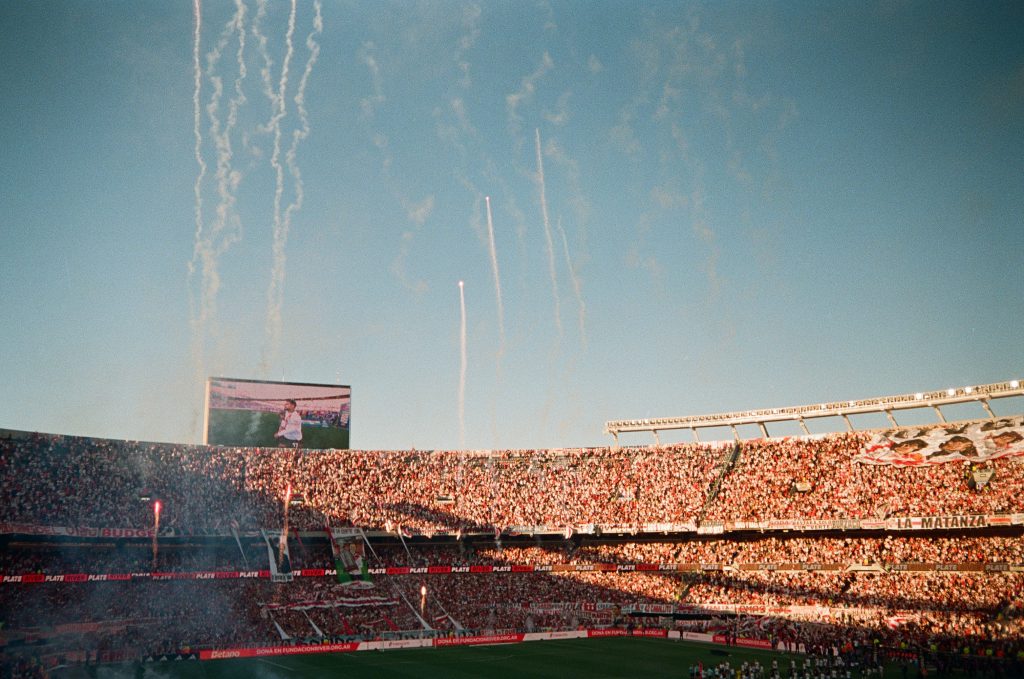
A Red and White Unity
The stadium can’t hold that force for the entire match, partly because River play poorly and lose 2–1. Still, there are moments when the whole ground fuses into a red and white unity. Those moments seem etched into my eardrums, and I doubt I’ll ever forget them.
They’re what make me grin on the way back to the hostel. Even if the stadium wasn’t what I personally expected, I’m full of anticipation for the matches ahead. Football — and its culture here — feels like everything I came searching for.
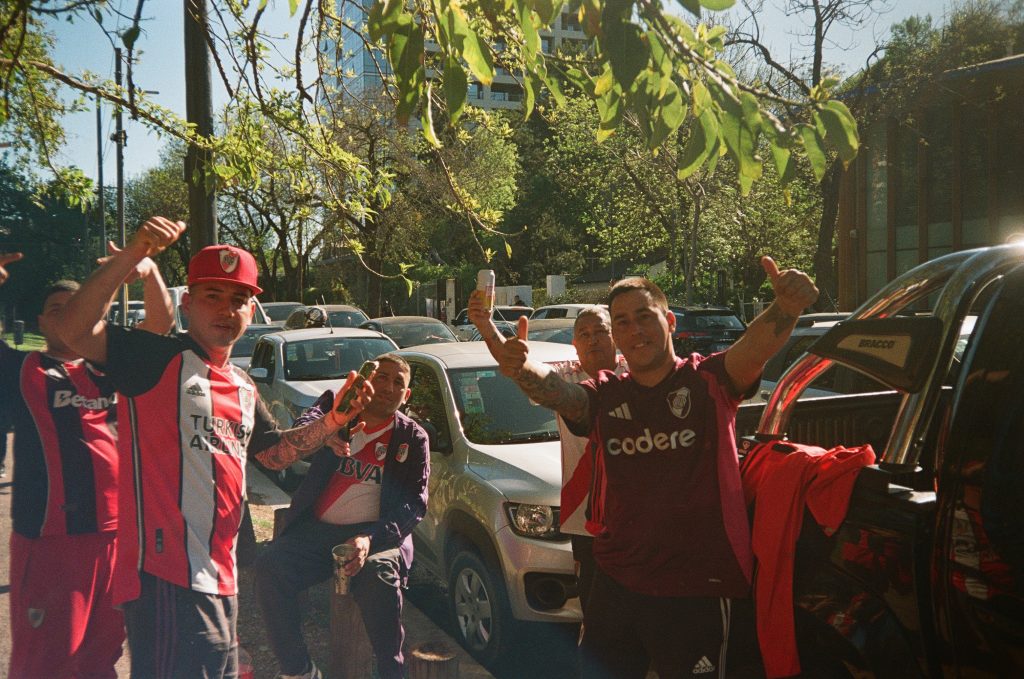
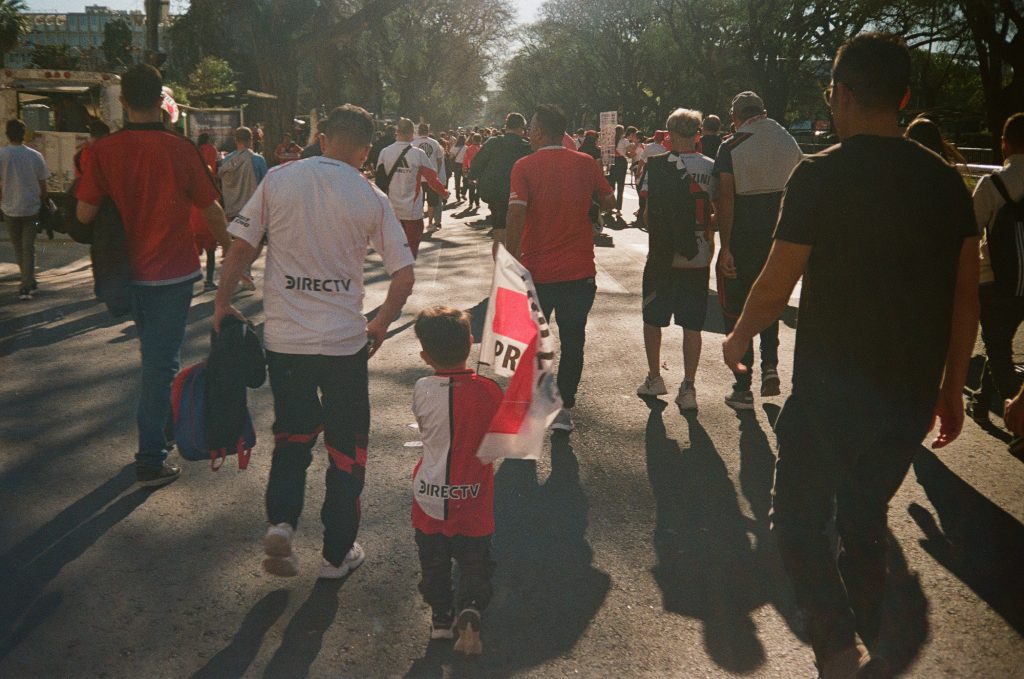
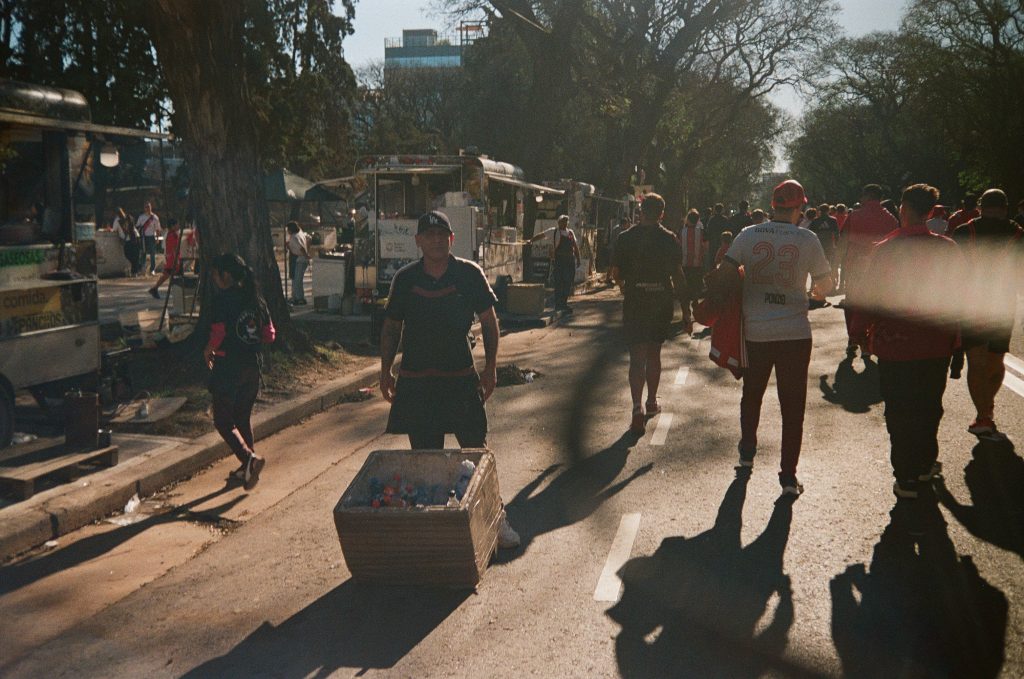
You can follow Jonas on social media by clicking here

